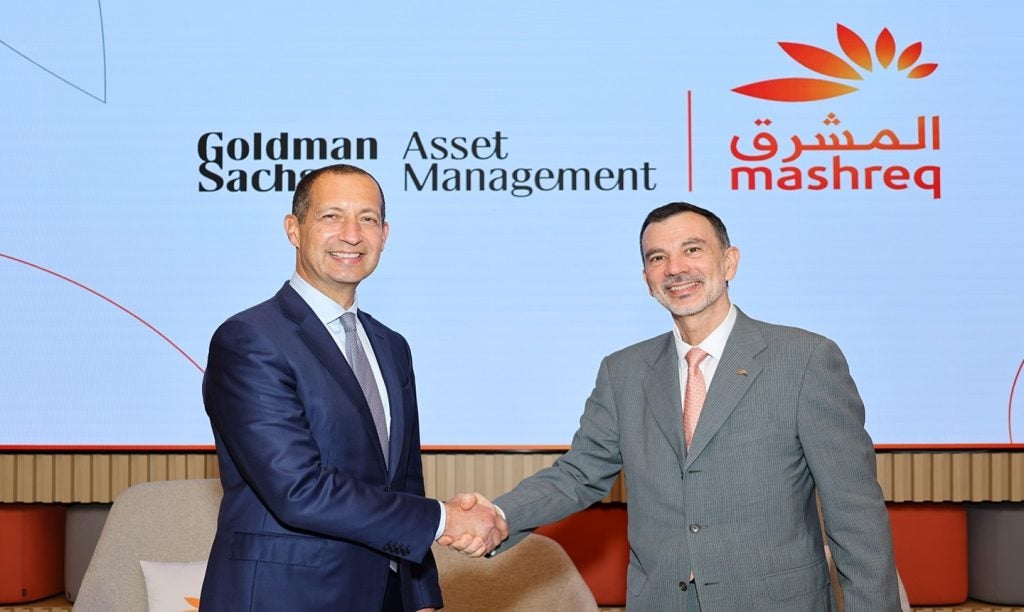The year 2014 has been a modest one for growth in the amount and population of high net worth individuals globally. The latest World Wealth Report 2015, by Capgemini and Royal Bank of Canada, provides details around geographical performances, behavioural shifts as well as investment inclinations and trends. Meghna Mukerjee navigate the findings
In 2014, the global high net worth individuals (HNWIs) population and wealth expanded at a modest pace, at 6.7% and 7.2% respectively, particularly in comparison to the growth numbers in 2013 (14.7% and 13.8% respectively), the Capgemini and Royal Bank of Canada (RBC) World Wealth Report (WWR) 2015 has revealed.
Globally, HNWI wealth expanded to $56.4trn and HNWI population grew to 14.6 million in 2014 and 920,000 new millionaires were created, due to strong economic and equity market performance. This, however, reflects an increase of about 7%, roughly half the growth rate of the previous year.
The WWR, that released mid-June, surveyed more than 5,000 HNWIs across 23 major wealth markets in January and February 2015. The report cites the reasons behind the restrained growth of HNWIs and their wealth in 2014 as Eurozone concerns, decelerating emerging market economic performance, and geo-political strife in the Middle East and Ukraine.
Latin America also slowed the pace of global wealth growth – being the only region to report decline in HNWI population (-2.1%) and wealth (-0.5%) – in 2014, according to the WWR. This has been attributed largely due to a crash in commodity prices and the resulting decline in the LatAm MSCI Index.
Regions of growth
"The modest growth that occurred is primarily to do with normalising economic growth in 2014. The key financial markets performed fairly well – bonds managed to rally, most stock markets managed gains, and housing-markets managed increases as well," explained Eric Lascelles, chief economist RBC Global Asset Management.
North America and Asia Pacific (APAC) led the growth rates and outpaced their five-year (2009-2014) annualised growth numbers of HNWI wealth, the WWR noted.
APAC, in fact, overtook the US to become the region with the world’s largest HNWI population at 4.69 million (compared to North America’s 4.68 million) at a growth rate of 8.5%. It is expected to retain and extend this position, according to the WWR.
North America continued to have the greatest amount of HNWI wealth, at $16.2trn (compared to APAC’s $15.8trn), though APAC registered the biggest HNWI wealth gain at 11.4% (compared to North America’s 9.1%).
Specifically, India emerged as a key driver for APAC’s growth in 2014, recording the highest growth rates globally in HNWI population (26.3%) and wealth (28.2%) – a massive jump from 2013 rates of 2.0% (HNWI population) and 4.0% (HNWI wealth). Being the fastest growing market in 2014, it climbed five places to rank 11th among countries globally. China was another engine of growth for APAC, adding to the HNWI population by 17.5% and wealth by 19.3%.
Europe maintained a steady growth rate of approximately 4% for both HNWI population and wealth. The UK’s HNWI population, in particular, grew by 4.2% to reach 550,000 and their wealth by 5.7% to $2.0trn.
The HNWI population became more concentrated in 2014. The US, Japan, Germany and China accounted for 67% of HNWI population growth in 2014, according to the WWR.
The ultra high net worth individuals (UHNWI) – who account for approximately 35% of HNWI wealth but only make up 1.0% of the HNWI population – continued to outperform their five-year average. This segment was a significant driver of growth for HNWI wealth and population across the world. The UHNWI population in APAC experienced the strongest growth.

The young and the restless
The WWR 2015 also reveals that wealth managers are overestimating how much they understand the wealth needs of younger HNWIs. The report noted a 15 percentage point gap between how well younger HNWIs believe their needs are understood by their wealth managers and the perceptions of wealth managers themselves (76% of wealth managers say they understand the needs of younger HNWIs, while only 61% of younger HNWIs agree).
Globally, 73% of HNWIs are satisfied with their wealth managers. HNWIs in North America recorded the highest overall satisfaction rates (82%) while Japan recorded the lowest (56%).
A higher percentage of younger HNWIs expressed high levels of concern about all aspects of their financial lives (59%) than older HNWIs (51%). In contrast, less than half of wealth managers (48%) expressed concern over the key financial aspects of their clients’ lives.
According to the WWR, younger HNWIs also expressed a greater need for support and professional advice from wealth managers (54% vs 49% for older HNWIs), lower satisfaction levels (70% vs 73%), and a higher propensity to leave their firm or wealth managers if their wealth needs are not fulfilled (83% vs 79%).

WMs underestimating competition
Ongoing industry issues, such as regulation, rising costs, and new market entrants are "significantly changing the traditional wealth manager role". The WWR notes that increasing competition and commoditisation of traditional core services by non-traditional players is a key disruptor for the wealth management industry.
Younger HNWIs are nearly twice as inclined as older HNWIs (67% vs 38%) to use automated advisory services. However, wealth managers are underestimating HNWIs’ interest in these services. Only 20% of wealth managers believe their clients are interested in automated advisory services, while 49% of HNWIs would actually consider using them.
There is strong interest for automated advisory services in APAC, excluding Japan, (76%) and LatAm (70%). North American HNWIs registered the lowest interest at 34%.
The report also highlights that the wealth manager value proposition is evolving across multiple areas, and wealth management firms have a major role to play in the transition by setting a clearer strategic direction, communicating with and empowering wealth managers by investing in key capabilities and resources.
"We think the future will have a hybrid approach, where the wealth manager remains as the cornerstone of the relationship with the increasing ability to use judgement on whether the client can be services more cost effectively according to their demands through an automated digital channel," said David Wilson, head of Strategic Analysis Group at Capgemini Financial Services.

Social impact inclination
The WWR also highlights that while HNWIs are interested in driving social impact, they don’t have a single preferred source to help them navigate its complexities.
"HNWIs currently get advice around social impact from two sources – family (27%) and friends (22%) on the personal side and a wealth manager (30%) on the professional side. HNWIs are seeking more advice going forward, with the wealth manager especially well positioned. Particularly when it comes to the mechanisms to execute the social impact investments, the wealth manager is very much in the lead," said Wilson.
However, HNWIs and wealth managers face key challenges at every stage of social impact process, according to the WWR.
More than half (54%) of the HNWIs want more help in setting clear social impact goals, determining which investments will effect the most change, structuring their investments, and measuring the impact of their social efforts.
"There has to also be a common understanding of social impact. There are differences in the definition – whether that is for cultural or regional reasons as well as still prevailing stereotypes. There are challenges around quality of advice as well.
"Additionally, there is a lack of social impact investment vehicles – market products, third party solution. But related to that also the lack of documentation and track records that hinders the measurement of effectiveness of some investments," added Wilson.
Equities and cash dominate HNWI portfolios
Equities overtook cash as the preferred asset class of HNWIs in 2014, representing 27% of portfolios, according to the Global High Net Worth Insights Survey in the WWR.
HNWIs also continue to hold more than 26% of their wealth in cash. "This is primarily to maintain their lifestyle (36%) or for security against market volatility (31%)," said Daniel Ellis, head of investments, British Isles, RBC Wealth Management. Allocations to real estate (20%), fixed income (16%) and alternative investments (10%) make up the rest of their portfolios.
The WWR also found that the use of credit in HNWI portfolios is widespread, with 18% of assets being financed through borrowed money, with higher levels evident amongst women (19%), particularly those in higher wealth bands, under 40-years. Credit is used largely as leverage for investments, followed by real estate.
Global HNWI wealth is projected to grow by almost 8% annually from the end of 2014 through to 2017, to reach $70.5trn, led by APAC at an anticipated growth rate of 10.3%. Europe is expected to act as a more prominent engine of HNWI wealth expansion at 8.4% annually, as a result of improved optimism for a more substantial recovery throughout the region, while North America’s HNWIs wealth is anticipated to grow modestly by 7%.







